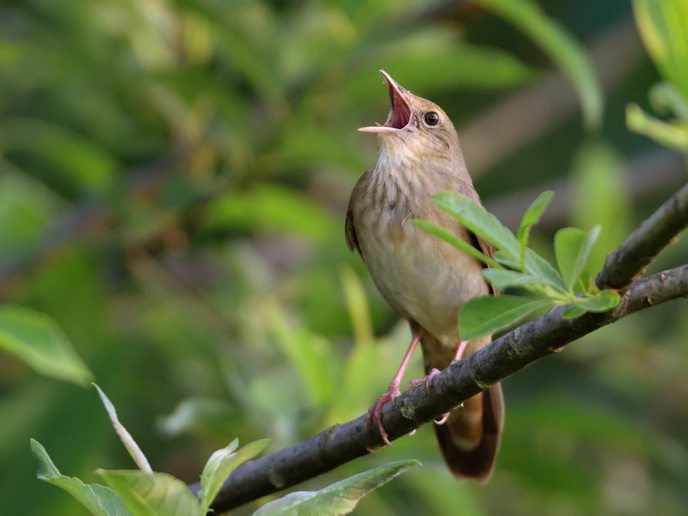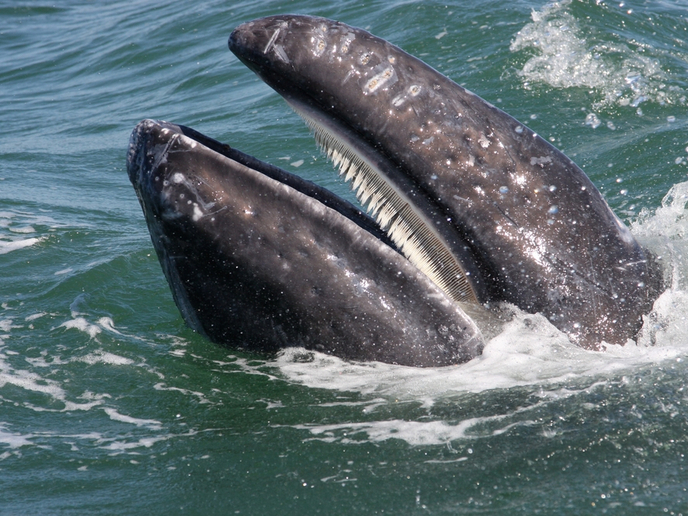Study investigates how human-generated noise pollution affects birds
Anthropogenic noise is pervasive in nature and, aside from causing stress to birds, it threatens abundance and species richness. How anthropogenic noise reduces biodiversity and contributes to increased mortality still remains unclear, but it is widely thought to do so by masking important signals such as songs and anti-predator alarm calls. Biodiversity loss can happen very quickly, even within four days after the onset of noise.
Contact calls on the epicentre
A type of call that is often used by many species is ‘contact calls’(opens in new window) – seemingly haphazard sounds that birds use for letting others of their species know their location and coordinate group movement. Contact calls are especially important in habitats with visual barriers, such as in forests. These calls travel a lot farther in these types of habitats and can provide information about many different individuals at once. “While vocal coordination of group movement in mammals is better understood, evidence regarding how calls function to maintain group cohesion and coordinate group movement in social bird species is scarce,” notes Nora Carlson, Marie-Curie fellow and coordinator of the GROUP MOVEMENT project.
A beautiful set of experiments
GROUP MOVEMENT aimed to gain a clearer understanding of how individuals in a flock use contact calls to maintain contact and coordinate group behaviour; how the visual environment can change the quality of contact calls, especially when individuals cannot see each other; and how anthropogenic noise affects their communication. Researchers sought to find the answers to these questions by conducting a set of experiments that involved varying the visual and acoustic features in an indoor environment every day. The facility that was used for studying the collective behaviour of freely moving groups of individuals was Imaging Barn(opens in new window). This is a 15x7x6 m3 free-flight aviary equipped with state-of-the-art tracking and projection technology, including 32 infrared motion-capture cameras from Vicon red, green, blue (RGB) cameras to develop computer vision, and active and passive acoustic position tracking. “Each flock was placed in this testing arena for four days and would experience different environments each day, namely a clear and silent, a cluttered and silent, a clear and noisy, and a cluttered and noisy environment. We placed barriers around different parts of the foraging patch and a barrier between the areas where birds perch and forage for food. Under clear conditions these barriers were transparent, allowing birds to see the entire area, whereas under cluttered conditions the barriers were opaque,” explains Carlson. An array of 30 microphones mounted in the ceiling recorded all the calls made by the birds in the absence of a noise source and in response to road noise. The array allowed researchers to determine the sound origin of each bird. By placing backpacks with different patterns of infrared reflective markers on each bird, researchers could track the position of all individuals in the flock with sub-millimetre precision. The project team has still not reported any findings as it is still processing and analysing the experimental data. “By better understanding how individuals use calls to coordinate group movement, and how human-generated noise affects a group’s ability to maintain cohesion and coordination, we hope to ultimately develop solutions for human-generated noise masking animal communication,” concludes Carlson.







